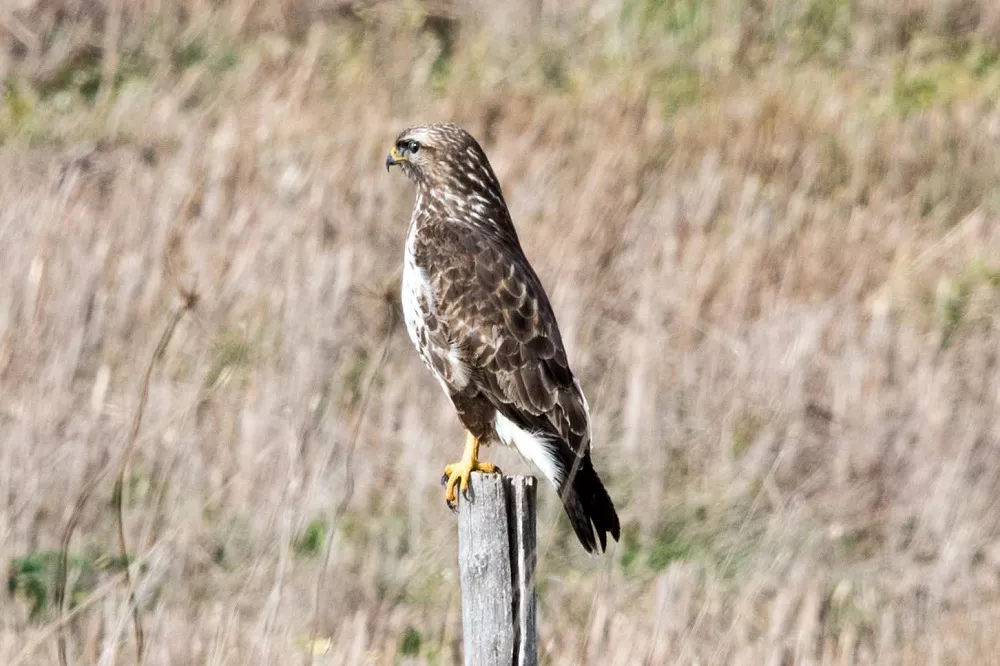Buzzards are a species of bird of prey that are found in many parts of the world, including Europe, Asia, and North America. These birds are known for their keen eyesight, strong talons, and sharp beaks, which they use to catch and eat small mammals, reptiles, and other birds.
One of the most common questions that people ask about buzzards is how long they live. The answer to this question can vary depending on a number of different factors, including the species of buzzard, the environment in which they live, and the quality of their diet.
In general, buzzards have a lifespan of around 10-15 years in the wild. However, some individuals have been known to live much longer than this, with some individuals living up to 25 years or more.
One of the factors that can influence the lifespan of a buzzard is their environment. Buzzards that live in areas with a lot of human activity, such as urban or suburban areas, may have a shorter lifespan due to the increased risk of collisions with vehicles or other hazards. On the other hand, buzzards that live in more remote or rural areas may have a longer lifespan due to the lower risk of such hazards.
Another important factor that can influence the lifespan of a buzzard is the quality of their diet. Buzzards that have access to a varied and nutritious diet are likely to live longer than those that are forced to subsist on a less diverse or less nutritious diet. This is because a high-quality diet can help to prevent a variety of health problems that can shorten the lifespan of a bird.
Overall, while buzzards have a relatively short lifespan compared to some other bird species, they are still able to live for many years in the wild. By living in a suitable environment and having access to a high-quality diet, these birds can thrive and live a long and healthy life.


 Facebook
Facebook  Instagram
Instagram  Youtube
Youtube 